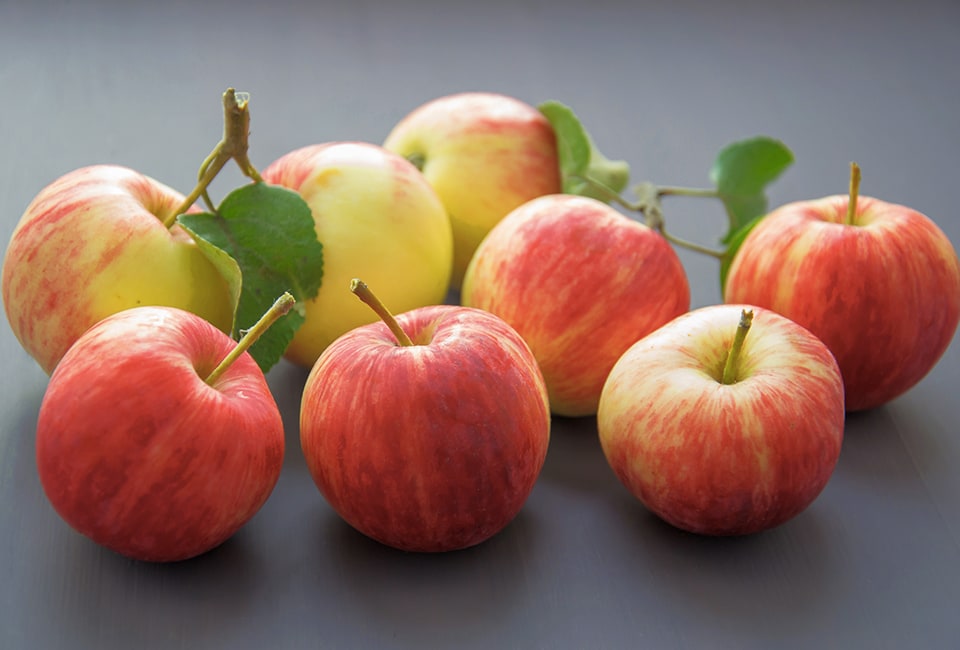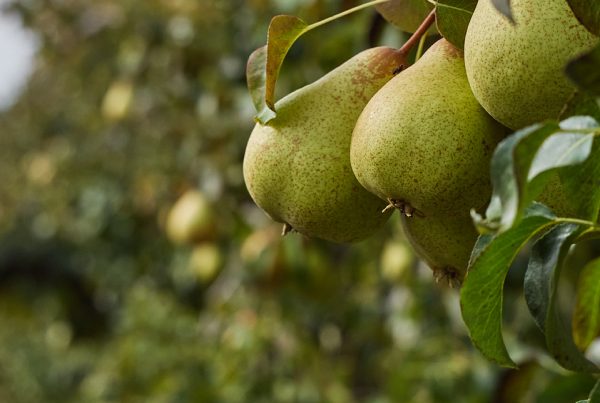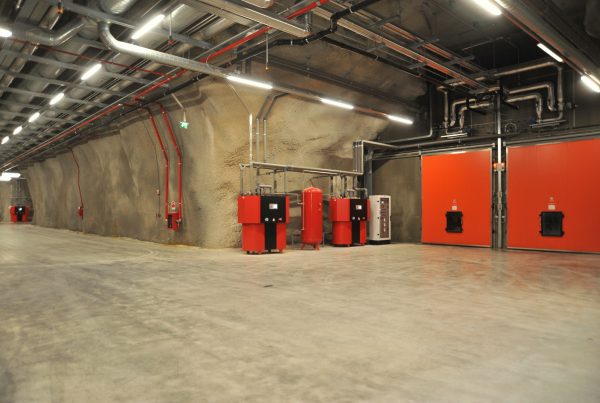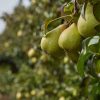
For the majority of horticultural products, storage inside refrigerated rooms represents the maintenance, over time, of the quality of the product.
Alongside the established refrigerated rooms for horticultural produce , there are often processing rooms, where goods are processed. Even in those rooms the temperature is checked and maintained constantly in order to avoid deterioration of the produce.
The processing rooms are fitted with cooling equipment that maintains temperatures within the range of 8-18°C.
The most modern systems possess devices that guarantee the conditions for a healthy and safe environment for the employees: air diffusion by means of textile channels, in order to avoid direct cold air flows that could compromise the workers’ health.
The refrigerated storage rooms are sized according to the quantity and type of product being stored , with different heights and volumes. Likewise, the processing rooms are designed to have space for sorting and selection with sorting lines installed in the area.
In the refrigerated storage of horticultural products, as well as the temperature there is another fundamental parameter: humidity. There are solutions for fruit and vegetable storage that allow the air’s humidity level to be maintained, improving storage results and maintaining the nutritional characteristics as well as reducing weight loss and spoilage..
Beyond the needs and parameters strictly relating to the commodities sector, the choice of the most suitable refrigeration solution also depends on some fundamental technical elements.
One of these aspects is that related to energy consumption, not only is it relevant under the environmental profile, but also from an economical view point: an efficient machine will allow noteworthy energy savings, which will be reflected in the utility bills. The thickness and type of thermal insulation used to insulate the rooms can also affect energy efficiency.
Another aspect to be considered in refrigerated horticultural produce storage is the durability of components: the materials used must be of top quality and must be conform to hygiene, sanitary and environmental regulations due to the presence of foodstuffs destined for human consumption. Therefore all components must be suitable and compatible with food industry use













